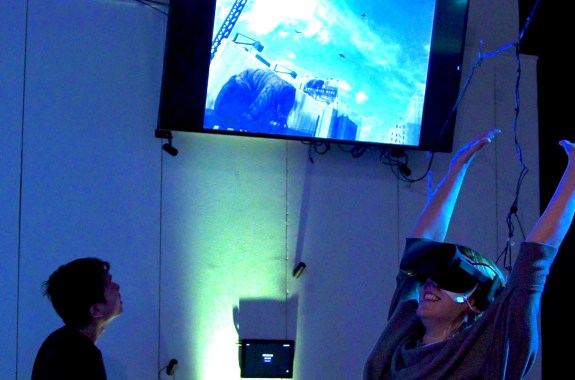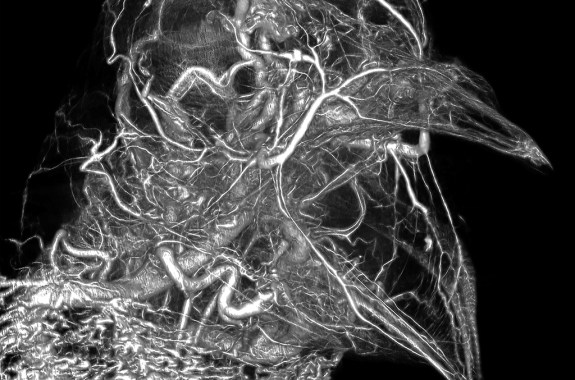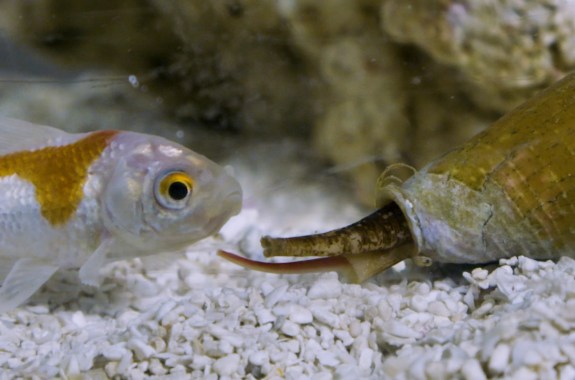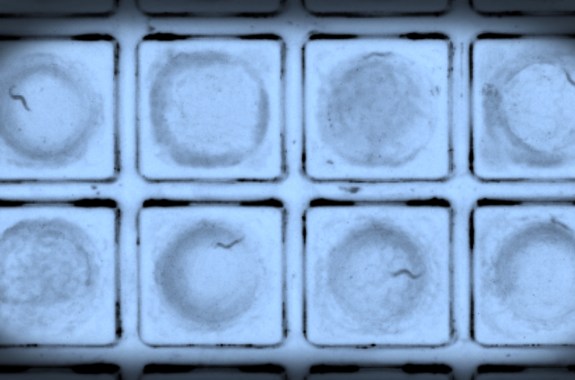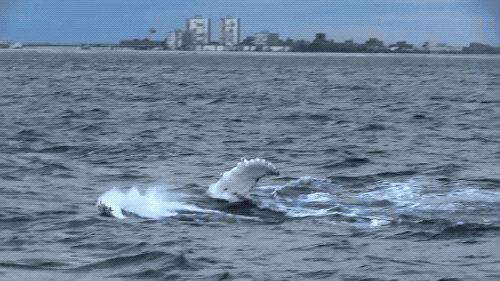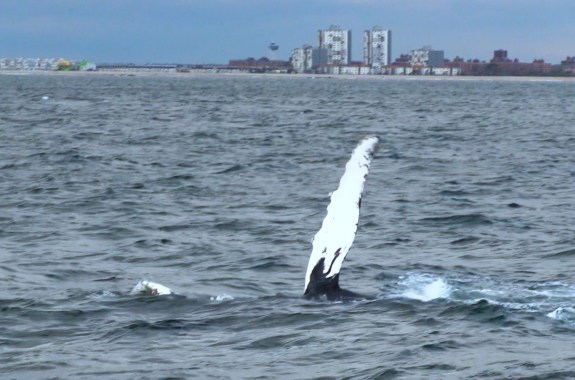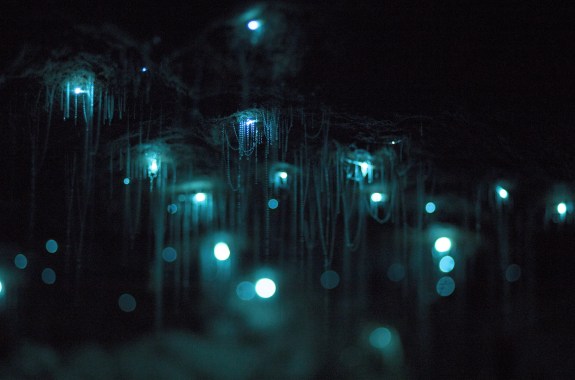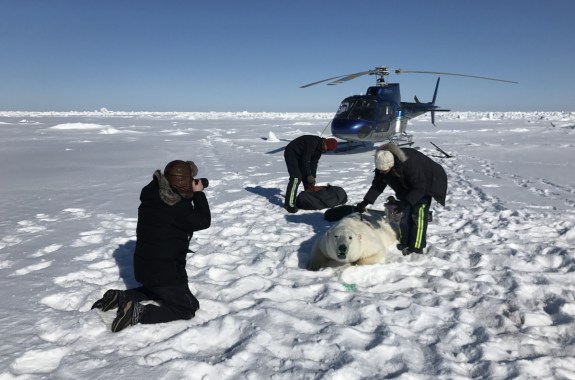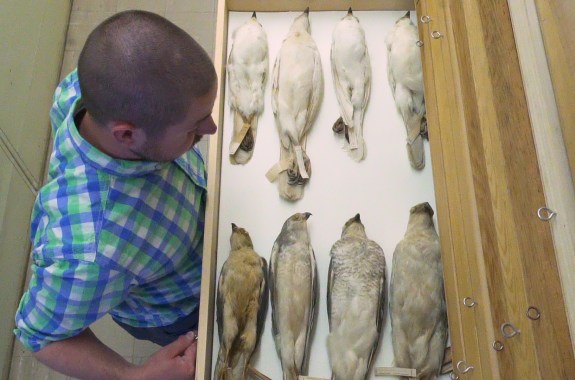As Science Friday’s video producer, Luke is tasked with writing, filming, directing, editing, animating, narrating, and promoting many of the short films you’ll find on this here website. Every other week, he becomes obsessed with the research he films until his video is complete or his colleagues show him a shiny new study to play with. Luke also wrangles a stable of equally enthusiastic freelance filmmakers, helping them to produce and promote their own stories.
Prior to being domesticated by Science Friday, Luke worked at the Wildlife Conservation Society, where he profiled a wide cast of characters, both two- and four-legged. The experience provided hands-on training in storytelling, as well as some invaluable lessons in wildlife filmmaking, such as “Lemurs enjoy scent marking. Everything.” And, “Never let a baby walrus sit on you.”
Despite his snobby film school education at SUNY Purchase and his devotion to Werner Herzog, his favorite film remains The Bear. He doesn’t care that it is a “kiddie film” that anthropomorphizes animals—he cries every time and isn’t ashamed of it.
The Virtual Theme Park
Climbing Kilimanjaro, blasting asteroids, and stopping time to destroy robots are just some of the amazing activities people can experience at VR World NYC.
Beauty Beyond Skin Deep
We used to know very little about animal anatomy. Now, a new imaging technology allows us to see things that were in front of us the whole time.
Breakthrough: The Killer Snail Chemist
Mandë Holford wanted to bridge the gap between biology and chemistry. Then, she saw a video of a snail eating a fish.
Hotel Nematoda
To study human aging, researchers devised a place where worms can check out but never leave.
8:58
A Homecoming For The Whales
In New York, one of the world’s largest mammals makes its comeback.
The Whales Of New York
Just a few short miles from downtown Manhattan, you might see something unexpected—whales feeding.
Shedding Light On The New Zealand Glow Worm
Biochemists Miriam Sharpe and Kurt Krause hope to discover the molecular basis for the New Zealand glow worm’s bioluminescence.
How To Film A Polar Bear
As Science Friday’s Luke Groskin says, it starts with a terrifying helicopter ride.
It’s A Bird! It’s A Plane! It’s Snarge!
Every day, the Smithsonian Institution’s Feather Identification Lab receives dozens of envelopes filled with the remains of birds scraped off the sides of airplanes.
